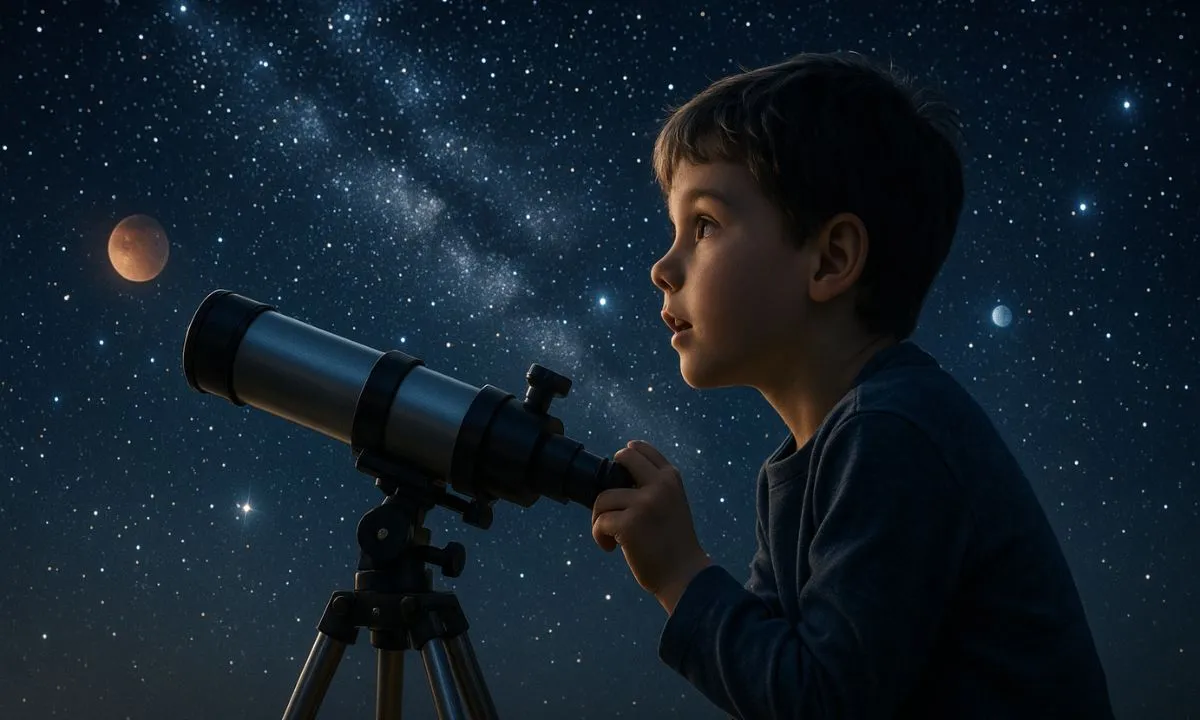Have you ever wondered what amazing secrets hide in the night sky? Space facts for kids reveal a universe packed with incredible surprises! From stars massive enough to hold millions of Earths to planets with backward spins and blue sunsets, our cosmos is more fascinating than any movie. These facts about space will show you mind-blowing discoveries about gas giant storms, ancient cosmic snowballs, and galaxies beyond imagination. Let’s explore the most amazing space mysteries together!
1. Our Amazing Solar System
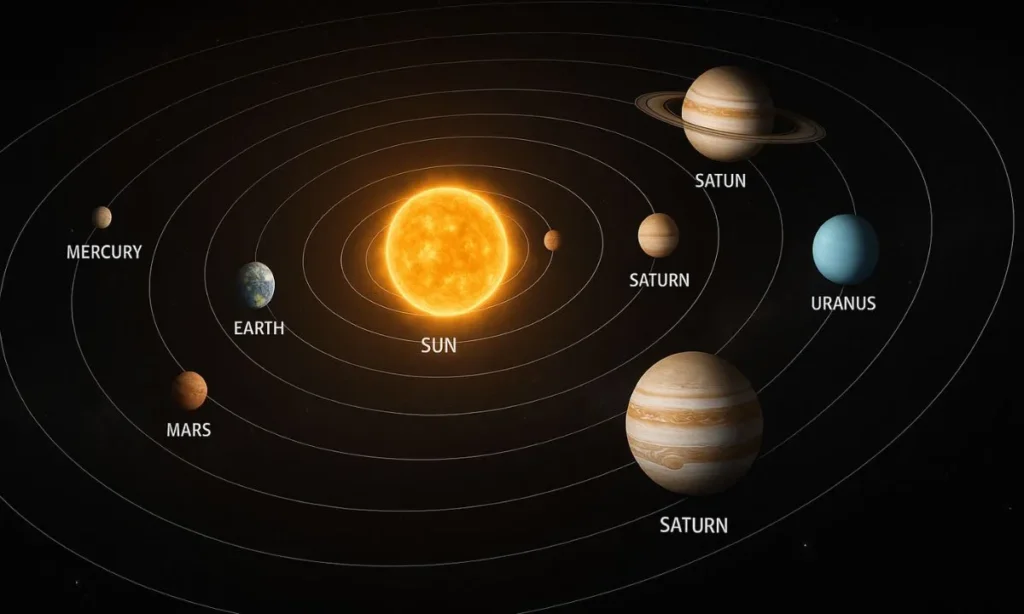
These space facts for kids expose mind-blowing solar system mysteries. The Sun contains room for one million Earths, though it’s just a typical-sized star. Mercury experiences wild temperature changes from 800°F to -300°F each day. Venus rotates in reverse while acid rain pours from its clouds. Mars features Olympus Mons, a massive volcano standing three times Mount Everest’s height. Jupiter’s Great Red Spot represents an Earth-sized storm that has raged for hundreds of years. Saturn’s low density means it could float in water. Facts about space demonstrate our cosmic region’s remarkable variety.
2. Incredible Planet Mysteries
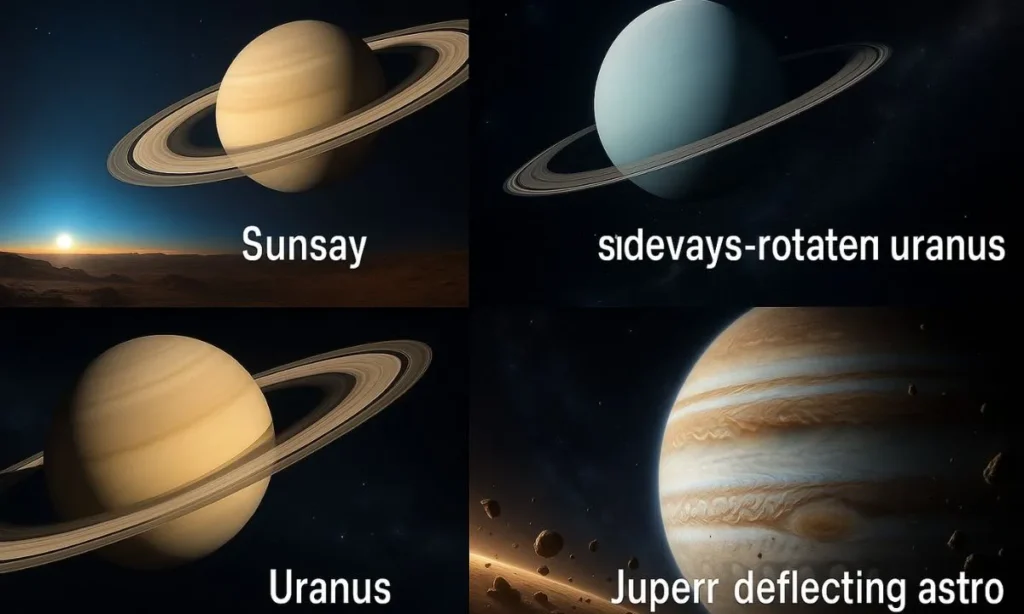
Gas giants Jupiter, Saturn, Uranus, and Neptune have no solid surfaces to walk on – you’d fall forever through their cloudy atmospheres! Mars surprises us with blue sunsets, opposite to Earth’s orange skies. Saturn’s magnificent rings contain billions of ice and rock particles, some tiny as dust, others house-sized. Uranus rotates sideways like a rolling ball. Neptune has supersonic winds reaching 1,200 mph. Jupiter acts as our solar system’s vacuum cleaner, protecting Earth by pulling in dangerous asteroids and comets. These space facts for kids reveal each planet’s unique personality.
3. Fascinating Space Objects
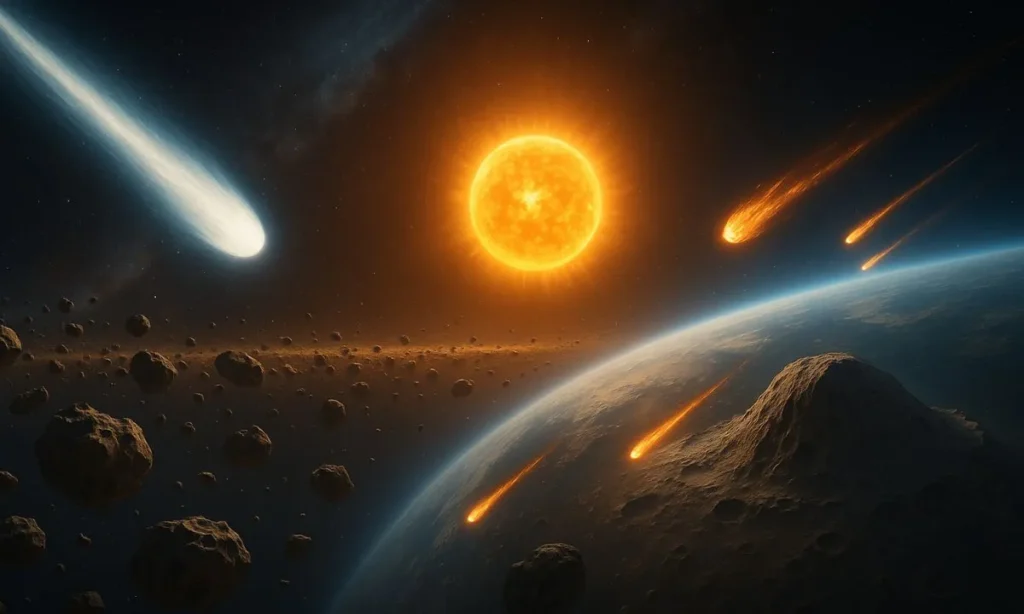
Comets, icy visitors from 4.5 billion years ago, grow glowing tails near the Sun—one of many cool space facts for kids. Asteroid Vesta’s mountain is three times taller than Everest! Some asteroids have more gold than Earth. Shooting stars are burning meteoroids. The asteroid belt holds over a million space rocks—just a few fascinating facts about space!
4. Mind-Blowing Space Numbers
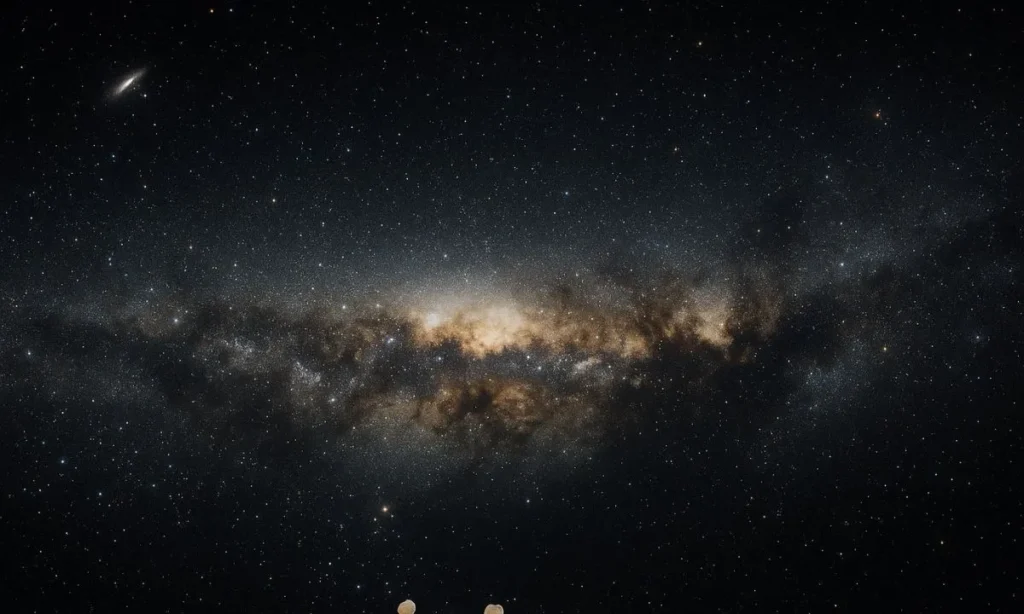
The universe contains more stars than sand grains on every Earth beach – over a billion trillion! Our Milky Way galaxy holds 100 billion stars, and billions more galaxies exist beyond ours. Light from the nearest star takes 4.3 years to reach us. Driving to the Moon at highway speeds would take six months non-stop. A plane trip to Pluto requires 800+ years! Space is expanding so fast that distant galaxies move away from us faster than light speed. These space facts for kids demonstrate our universe’s mind-boggling scale and infinite possibilities.
5. Earth’s Space Connection
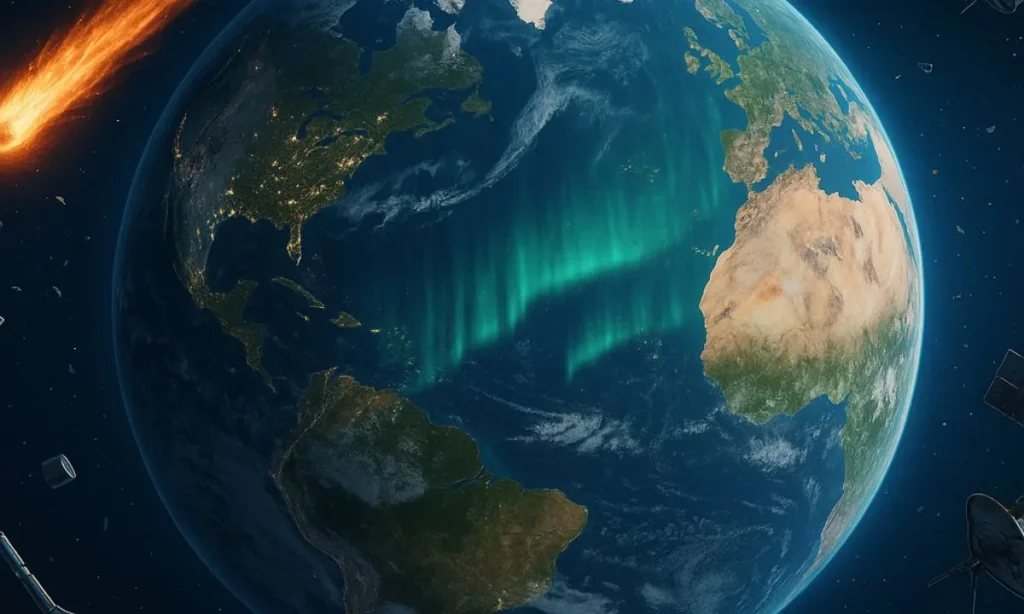
Each year, car-sized asteroids enter Earth’s atmosphere but safely burn up before impact. Over 500,000 pieces of space junk, like old satellites and tools, orbit our planet. These fascinating space facts for kids also include Earth being the only known planet with flowing water. It’s magnetic field creates auroras, and it takes 365.25 days to orbit the Sun.
6. Amazing Space Discoveries
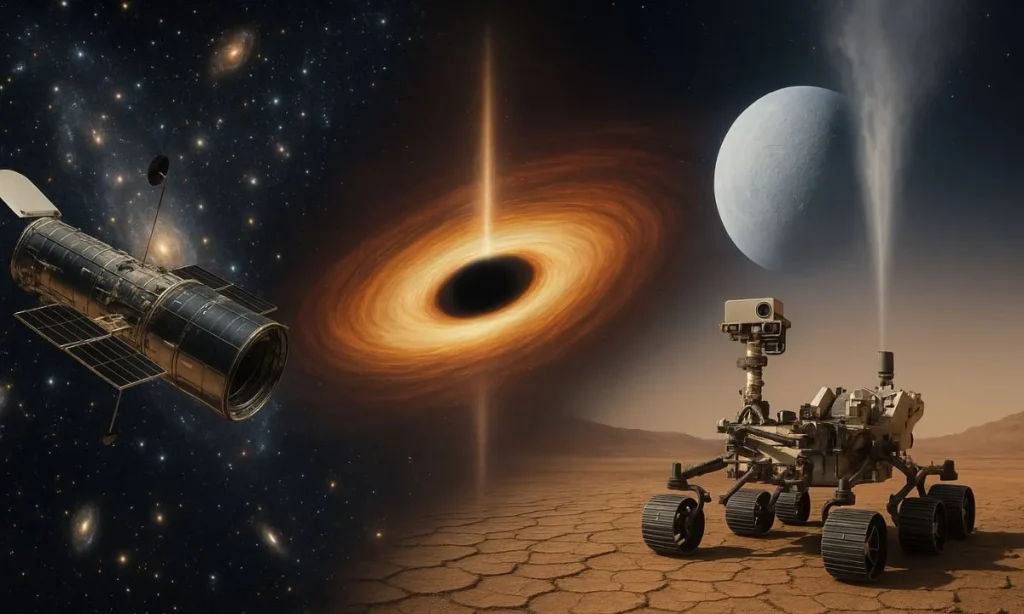
Scientists have discovered thousands of exoplanets orbiting distant stars—some might even be habitable. Black holes aren’t completely black; they glow with superheated matter around them. These incredible space facts for kids also include Hubble capturing galaxies billions of light-years away, giving us a glimpse into the early universe. Mars rovers found signs of ancient rivers and lakes, while Saturn’s moon Enceladus shoots water geysers into space—evidence of hidden oceans. Every space mission uncovers new mysteries of the cosmos.
Conclusion
I hope these space facts for kids have sparked your curiosity about the amazing universe around us. From learning that our Sun could fit a million Earths inside it to finding out that Mars has blue sunsets, we’ve covered some truly mind-blowing information. Space is full of surprises – gas giant planets you can’t walk on, comets that are billions of years old, and more stars than sand grains on Earth’s beaches. These facts about space show us that there’s always something new to learn about our cosmic home. The next time you look up at the night sky, remember all these incredible wonders floating above you. Keep asking questions, stay curious, and who knows? Maybe you’ll become the next space explorer to make an amazing discovery!
Frequently Asked Questions and Answers
1. Why does the Moon change shape?
– Because of how sunlight hits it as it orbits Earth, these are called Moon phases.
2. Who was the first person in space?
– Yuri Gagarin from Russia in 1961.
3. What is the closest star to Earth?
– The Sun is the closest star to Earth.

